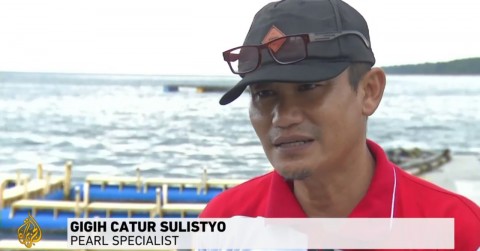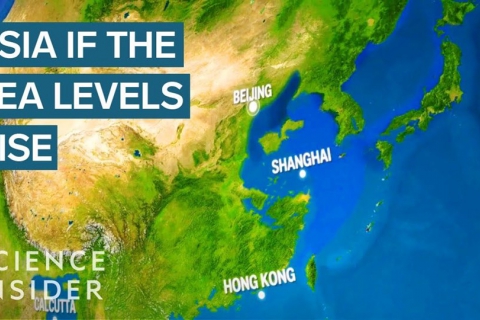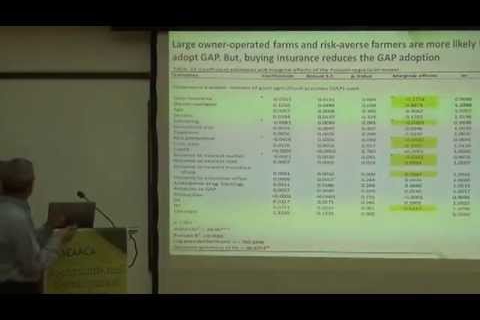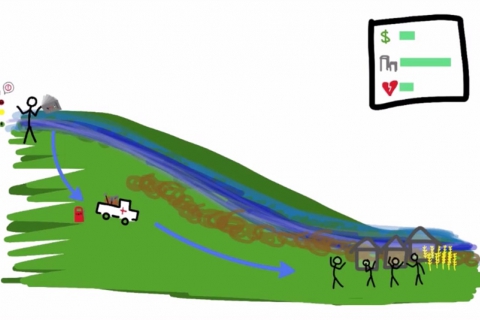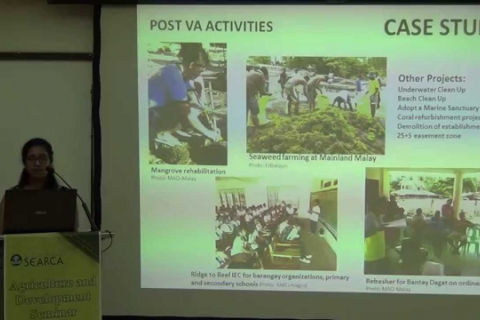The Philippines Produce Extreme Weather-Resistant Rice
Millions of people around the world depend on rice for their survival.
But climate change is beginning to take a toll on traditional crops, forcing scientists to come up with new strains.
At the International Rice Research Institute in the Philippines, researchers have developed rice varieties that can withstand flooding, drought and high-salinity brought about by extreme weather patterns.
For local farmers struggling with diminished crop yields, the idea of a new strain of rice offers hope.
[Marcial Cervantes, Rice Farmer]:
"When it rains, there's a lot of flooding, especially in farm areas near the sea. It takes three months before the flooding subsides. Farmers end up with only one harvest per year."
According to the institute, developing countries may face a 15 percent decrease in irrigated rice yields and a 12 percent increase in rice prices by the year 2050, because of increasing temperatures and rising sea levels brought about by climate change.
Modifying grains using genes from a bank of more than a hundred thousand different types of rice from around the world, scientists like Robert Zeigler have been able to develop new climate-change ready varieties.
[Robert Zeigler, Director General, International Rice Research Institute]:
"Those are directly tolerant to the kinds of stresses we expect from climate change. They're being adopted in the Philippines quite successfully. They're being taken up by farmers in India, they're being taken up by farmers in Bangladesh. We see them being taken up by farmers in Vietnam, Indonesia. So they're very, very popular varieties. And they will be grown for many years to come."
Zeigler says about 20 million hectares of the world's rice-growing areas are at risk of being submerged by flooding, particularly in India and Bangladesh.
Rice can thrive in wet conditions, but cannot survive if submerged for long periods of time.
The International Rice Research Institute says its new varieties can still produce good yields even after two weeks under water.
But while they welcome the new grains, farmers say it only solves half their problem.
[Celso Calingasan, Seed Grower]:
"The government should lower the cost of items like fertilizers and pesticides and it's essential they increase the price of rice, most of which the government should purchase."
The Philippines is the world's second largest rice importer, but hopes to be self-sufficient by 2013.
Analysts believe that goal can be met by planting climate-hardy crops.
[Robert Zeigler, Director General, International Rice Research Institute]:
"We're very confident that we can develop good varieties that will be useful for today's farmers and will be very useful for tomorrow's farmers as they face the challenges of climate change."
For both farmers and scientists, it's a race against time, and mother nature.
Source: NTDTV | 07 March 2011





